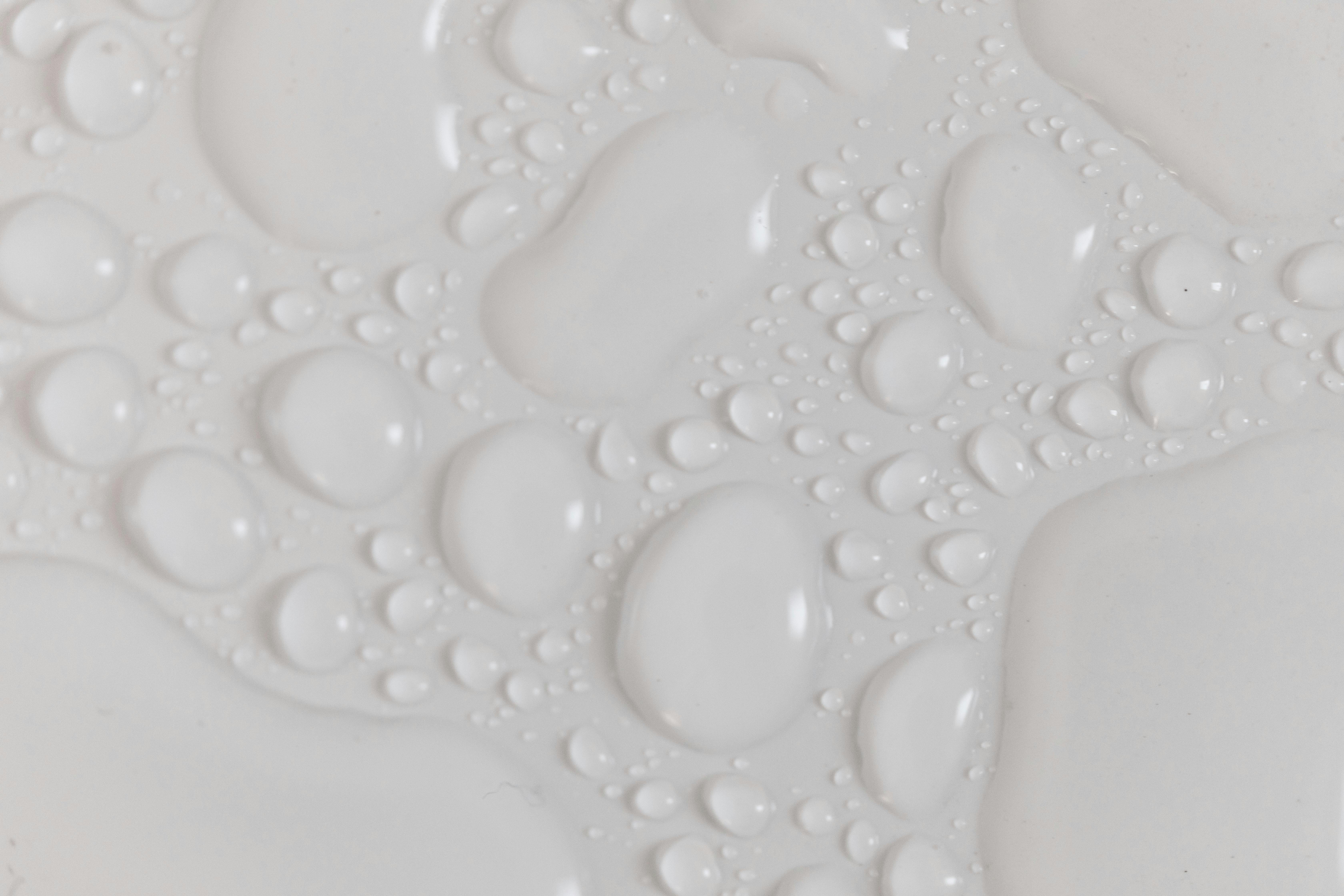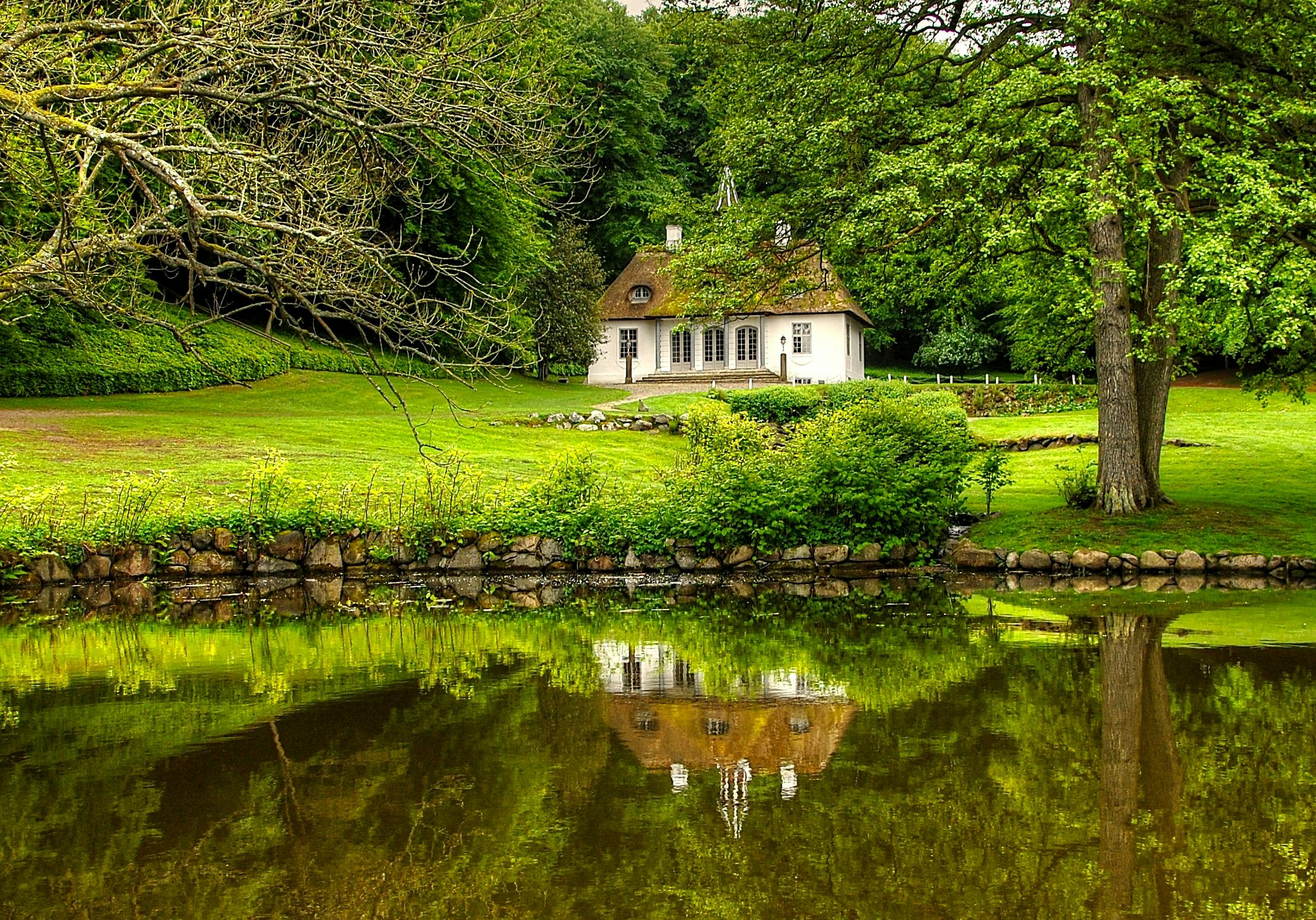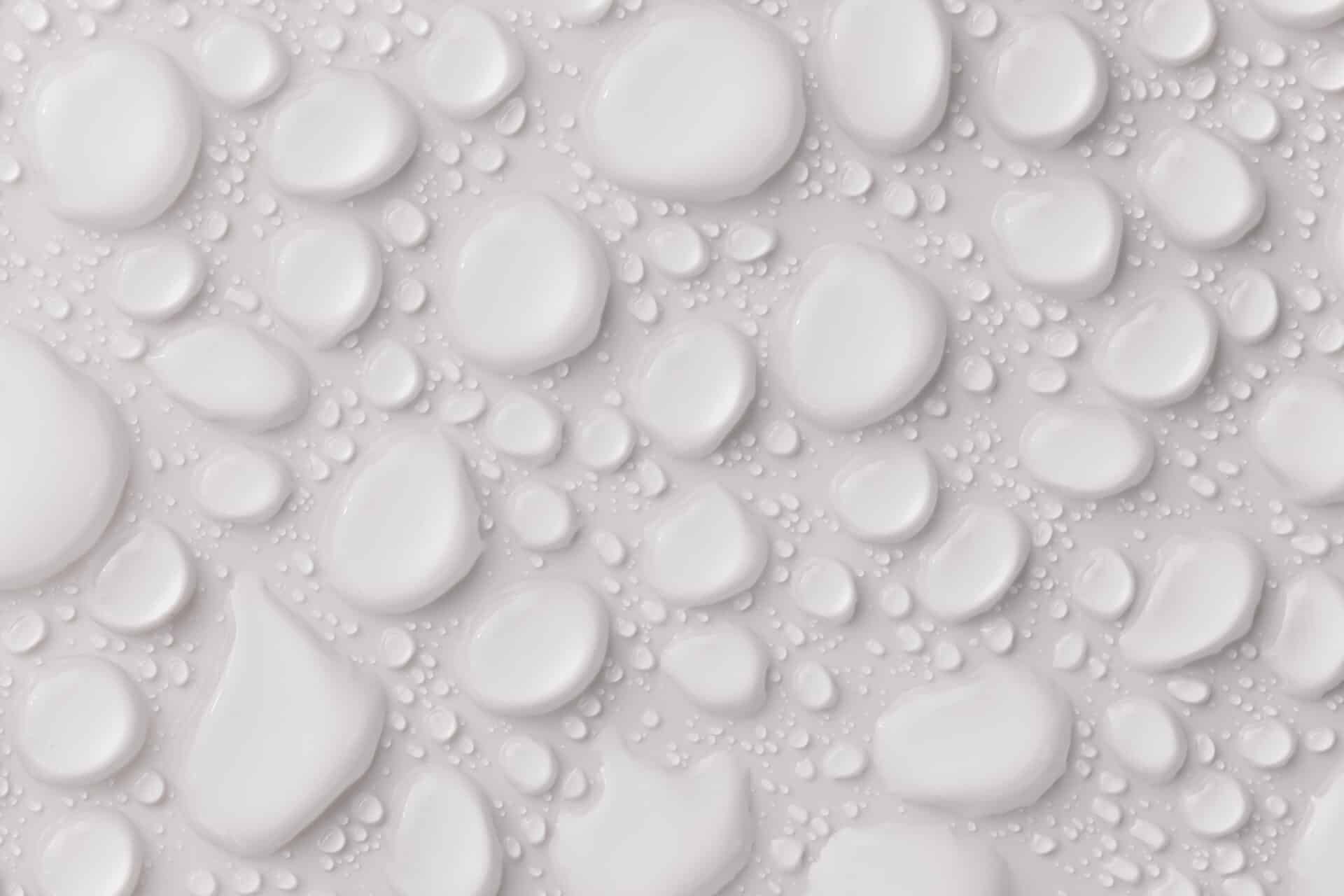Distilling is one of the oldest methods of purifying water. It is a simple process that involves heating water to its boiling point, and then condensing the steam back into liquid form. By doing this, any impurities or contaminants are left behind in the boiling container, leaving you with clean distilled water. In this article, we’ll explain how to distill water in a still at home.Water distillation is a process of purifying water by boiling it and condensing the steam back into a liquid. In this process, impurities and minerals are left behind in the boiling chamber, leaving only pure water in the collection vessel. This technique has been used for centuries to produce drinking water from seawater and other sources that may contain contaminants.
What You Need To Distill Water
Distilling water is a simple process that can be done at home with the right equipment. To distill water, you will need a heat source, such as a stove or hot plate, an empty pot or container, and a condenser. The heat source is used to boil the water in the pot or container and the condenser is used to collect the distilled water as it condenses from the steam. You will also need an appropriately sized container to collect the distilled water in.
The first step in distilling water is to fill your pot or container with regular tap or well water. Make sure that it is filled above the level of your heat source but not too full that it will boil over. Place the pot on your heat source and turn it up high enough so that it begins boiling quickly. Once boiling, reduce the heat slightly so that you have a steady simmer rather than a rapid boil.
Next, place your condenser over top of your pot or container and ensure it is sealed tightly against any steam escaping. The condenser works by cooling down hot steam until it
Setting Up Your Still
Setting up your still is a process that requires careful attention and preparation. Before you get started, make sure you have all the necessary materials and tools in order to ensure a safe and effective distillation process.
You will need a potable heat source such as a stove top or hot plate, an adequate container to hold the liquid being distilled, a condenser with tubing for cooling the vapor, and a receiving container for the distilled liquid. Additionally, you may need additional equipment such as thermometers, hydrometers, and filters depending on the type of distillation being performed.
Once you have gathered all of your materials and equipment, it’s time to begin assembling your still. Start by setting up your heat source in a secure location where it can be monitored and adjusted as needed. Next, attach your condenser to the top of the distillation vessel with clamps or other fasteners so that it is securely attached. Make sure that all connections are sealed tightly so that no vapor can escape during distillation.
Now attach one end of the tubing from the condenser to your heat source, making sure that it is securely fastened
Collecting Distilled Water
Collecting distilled water is an easy process, and it can be done with a few simple tools. To start, you’ll need a large container that can hold enough distilled water to last for a few days. The container should be made of food-grade materials that won’t leach harmful chemicals into the water. You’ll also need a source of distilled water, such as a distiller or reverse osmosis system. Once you have your distilled water source and container, simply fill the container with the distilled water and store it in a cool, dry place.
Storing Distilled Water
Once you have collected your distilled water, it’s important to properly store it so that it stays fresh and safe to drink. First, make sure the container is sealed tightly so that no contaminants can get into the water. It’s also important to store the distilled water in a cool, dark place since heat and light can cause the minerals in the water to break down over time. Finally, be sure to use your stored distilled water within 1-2 weeks of collecting it for optimal freshness.
Preparing The Source Water
The quality of the source water used to make beer is essential to producing a great-tasting product. Before brewers can begin the brewing process, they must first ensure that the water they will be using is fit for consumption. This involves testing for impurities such as bacteria, metals, and other contaminants, as well as adjusting the water’s pH level and mineral content. Brewers may also filter and purify their source water if necessary. Once they have determined that the source water is suitable for brewing, brewers can begin to prepare it for use in their recipes.
Brewers typically adjust their source water by adding various minerals or salts to it in order to boost its flavor profile and create a more consistent taste across batches. This process is known as “water chemistry adjustment” or “brewing liquor adjustment” and helps brewers to achieve their desired results when creating a particular beer style. Common minerals or salts used in this process include calcium sulfate (gypsum), calcium chloride, magnesium sulfate (Epsom salts), and sodium chloride (table salt). By carefully adjusting these levels, brewers

Gathering Supplies
Running a still requires the right supplies. You need to have a pot for boiling, a condenser, and tubing. Make sure you have a thermometer to measure the temperature of the boiling liquid. You should also have an airlock for the condenser and a container to catch the distillate. You may also want to have an adjustable valve to control the flow of liquid out of the still.
Sanitizing
It is important to make sure everything is clean before you start running your still. Sanitize all your supplies with cleaning solution or rubbing alcohol before using them. This will help ensure that no bacteria or residue will contaminate your distillate during the distillation process.
Preparing Ingredients
Once you have your supplies ready, it is time to prepare your ingredients for distillation. Start by combining all your ingredients in a large pot and adding water until everything is covered. Heat the mixture until it reaches between 80-90 degrees Celsius and let it sit for about an hour. This will help
Monitoring the Still During Operation
Monitoring a still during operation is an essential part of the distilling process in order to ensure a safe and successful batch. A few important factors must be taken into consideration when monitoring the still, such as temperature, pressure, and liquid levels. Monitoring these variables ensures that the distilling process is running efficiently and correctly, while also preventing any disasters from occurring.
The most important factor to monitor when operating a still is temperature. The temperature must be kept within a certain range for the distilling process to work correctly. If the temperature rises too high or falls too low, it can lead to a decrease in product quality or even dangerous conditions. To monitor the temperature of a still, thermometers should be placed in different parts of the still so that any changes in temperature can be detected quickly.
Pressure is another factor that must be monitored while operating a still. Pressure levels should remain consistent throughout the distilling process as changes can affect product quality and safety. Pressure gauges should be installed on different parts of the still so that any sudden changes in pressure can be detected immediately.
Lastly, liquid levels must also be monitored
Testing the Quality of Distilled Water
Distilled water is a type of purified water that has had both impurities and minerals removed through distillation. While it is considered to be the purest form of water, it is still important to test its quality. This ensures that any contaminants or other unwanted elements have not been left behind during the distillation process. Testing distilled water can also help identify any elements that may have been added back in during storage or transport. Here are some methods for testing the quality of distilled water:
1. Visual Inspection: The first step in testing the quality of distilled water is to perform a visual inspection. Look for any discolorations, cloudiness, or particles floating in the liquid. If there is any visible evidence of contaminants, do not drink or use that batch of distilled water.
2. Taste Test: Although not scientific, it can be helpful to taste the distilled water before using it for any purpose. If it tastes strange or off in any way, do not use it as this could indicate contamination from outside sources or improper storage conditions.

Conclusion
Distilling water is a simple and cost-effective way of purifying water. With the right equipment and materials, it takes less than an hour to produce up to four liters of potable water. It is important to remember to always use clean and sanitized equipment when distilling water. Additionally, it’s important that the water is boiled properly in order to achieve the purest drinking water possible.
Distilling your own water can be a great way for those living off-grid or in remote areas to have access to clean drinking water without having to rely on outside sources. Taking control of your own drinking water is a great way to ensure that you are consuming the purest form of H20 available.
The process of distilling water is relatively straightforward, and by following the steps outlined in this article you can easily create your own still for producing purified drinking water at home.

